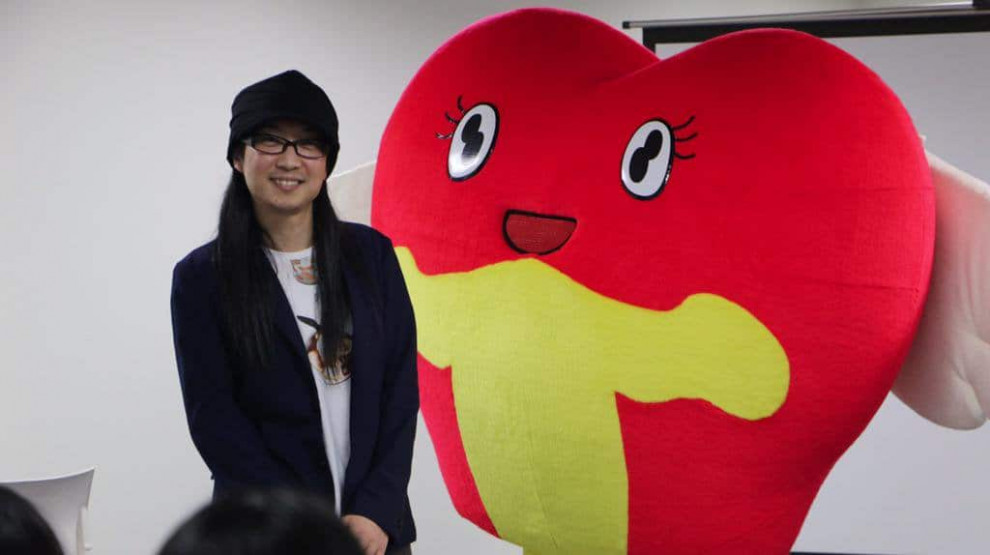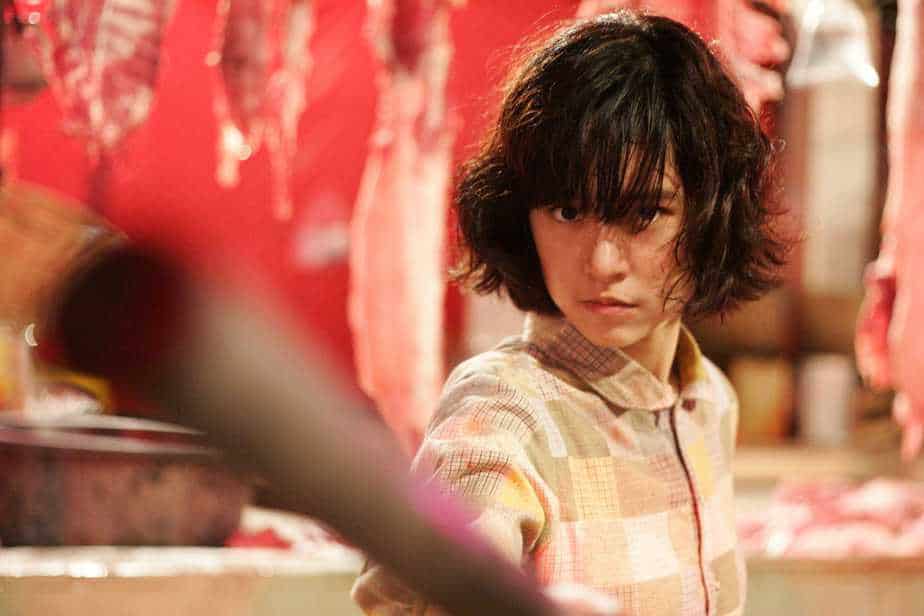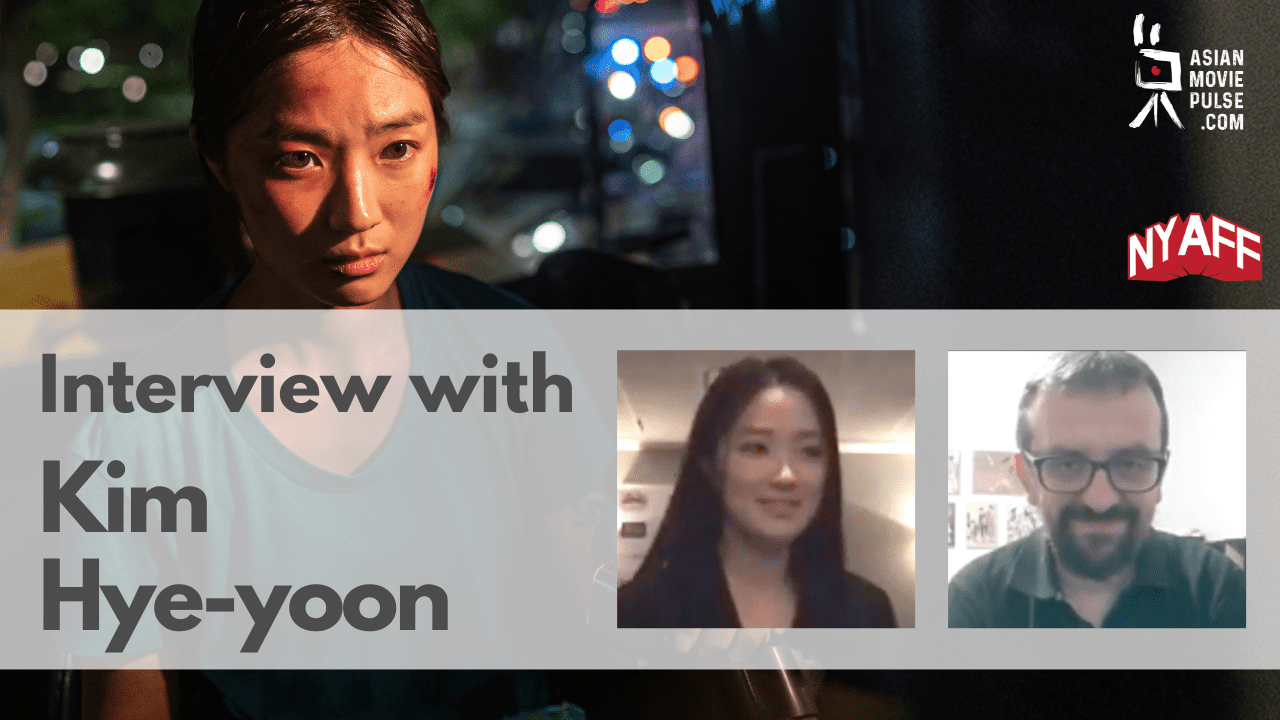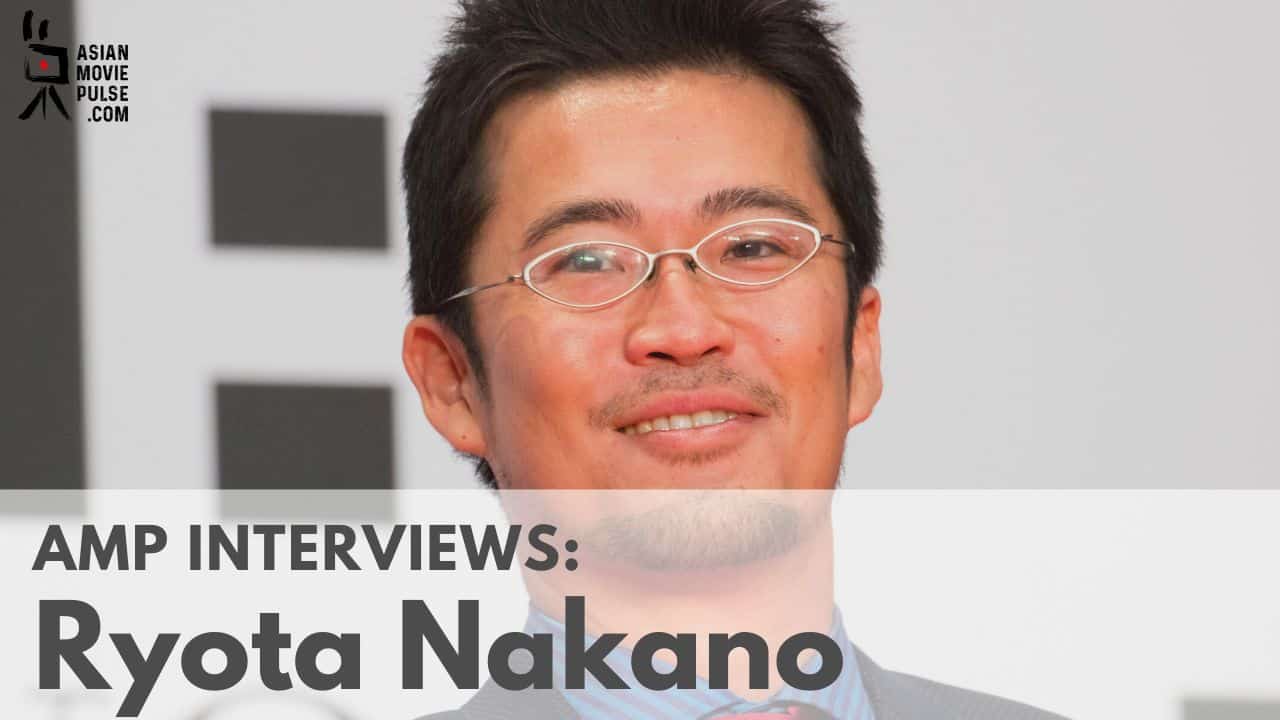Takaomi Ogata was born in Fukuoka in 1981. After he left his company at 25, he started making films and continues to pose questions through incisive films that highlight social issues from his own viewpoint and insights. He traveled overseas extensively, then moved to Tokyo in order to pursue film, which had been his passion since a young age. In 2009, he began producing movies. His first feature film “Never Ending Blue” was the runner-up for the grand prize at the Okinawa Film Festival, and was released in theaters in June 2011. His second film “Body Temperature” was nominated for the Competition Selection two years in a row at the Yubari International Fantastic Film Festival. The film was shown at six film festivals in Japan and overseas, including the Raindance Film Festival and Fantastic Fest in Texas, which is operated by Tim League, who served as a judge at Yubari. His third film, “Sunk Into the Womb” was based on an incident in Osaka where two children were murdered after being abused. His film “The Hungry Lion” premiered at Tokyo IFF.
On the occasion of “Sunk Into the Womb” streaming at Filmdoo and the “The Hungry Lion” making its premiere at International Film Festival Rotterdam, we speak with him about the two films, motherhood and society, the role of the press, Japanese cinema, and other topics.
“The Hungry Lion” screened at International Film Festival Rotterdam

Can you tell us about the incident that inspired you to shoot “Sunk Into the Womb”? Why did you choose to shoot a movie based on this event?
In the summer of 2010, the bodies of a young girl and boy were found in a room filled with garbage in an Osaka apartment building. The media spent days on end covering the case and condemning Sanae Shimomura, the suspect of the case and the mother of two deceased children. When I heard about this incident on the news, I was shocked, and at the same time felt a strong discomfort about the excessive bashing that this mother was suffering at the hands of the media and of society.
While this incident in Osaka did create a shockwave in Japanese society, the public and the media continue to criticize and bash the defendant mothers every time a similar incident occurs, accusing them of unmotherly behavior. And indeed, in a way I understand people seeing behaviors of these mothers as nothing but selfish.
Neglect is one type of abuse along with physical, psychological, and sexual abuse, and it is neglect that is said to be the most difficult for outside parties to discover. Only condemning mercilessly the parents or the perpetrators will never lead to a solution regarding issues of abuse or neglect. I believe that instead, it is crucial to involve the entirety of society when thinking about these issues. By creating a movie that shows the actual conditions of a single-mother household that are not depicted in media coverage, and making it a film that includes no scenes shot outside the house the mother lives, my deepest hope is to make a hint to the viewers to start thinking that this kind of situation could or might happen to anyone, even to themselves.
The film highlights the fact that not every woman is cut to be a mother, and even more, that a mother will always love and care for her children. Can you tell us a bit about this concept and your opinion on the subject.
People often say that “Women have an innate ability to be mothers”, or that “As soon as a woman has a child her maternal instincts suddenly spring up and make her naturally want to care for her child.” Perhaps people think that maternal qualities are instinctual for women, and that because these qualities are instinctual, women should always feel maternal. It is this way of thinking that creates the setting that women face today, in which they scold themselves for being bad mothers, or in which the people around them—whether their husbands, parents, siblings, friends, or neighbors—condemn them for “inappropriate” behavior when they have a child. Currently, though, people are calling for an end to this myth of motherhood. And I quite agree with that.
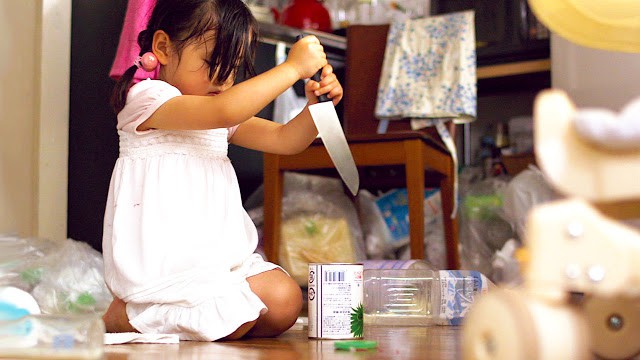
How difficult was it having the two children as protagonists, and how did you guide them through the movie? In general, how was the casting process like for the film? Did the parents have any objections about the shooting?
Though they're called child actors, at the ages of 3 and 1, they're not yet cognizant of a thing called “work,” and it's the age they want to be with their mother. To a child, [shooting] a take means being separated from their mother. As the call for “action” got closer, they seemed to fret more. From the very first day of the shoot, the schedule greatly fell behind, and there were scenes which couldn't be shot due to time so I started to become impatient. As I began to sense the movie was in danger of not finishing, I gradually got more and more irritated with the children. And then, it reached a point the children would burst into tears just by my approaching them. That's when I realized that the way I was feeling might just be identical to the disposition of my own mother exhausted by child-rearing. Of course, child-rearing is much, much more difficult. But after realizing this, I became open to script changes and the schedule also moved forward by being children-centric. I was determined to create a stress free environment for them if at all possible. In doing so, the shoot curiously seemed to progress rather smoothly.
I wanted to cast the two with real siblings. So I did an audition. And I asked their parents to watch the shooting at all times.
Why did you decide to place the camera on the eye-level of children?
It is because I wanted to show the adult world with children's eyes.
You have exploited the single location in impressive fashion. Can you tell us a bit about the way you shot the film in a single apartment?
I had a hard time because the shooting at one location became visually monotonous. I tried to avoid the same camera position cut as much as possible, and tried to make the audience think that they are peeping. Now that I think about it, I feel the influence of ukiyo-e on the composition.
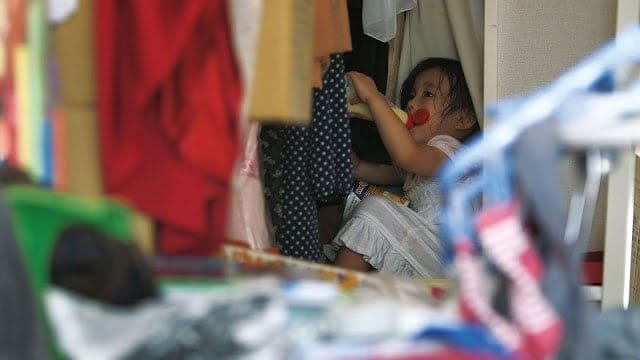
The last portion of the film focuses on the communities' reaction to Hitomi's Death. At a narrative point (Hitomi's Death) where conventionally some films would have concluded. How do you feel it is important to end the film focusing on the communities reaction?
I wanted to express that Hitomi's virtual image (Sacred and Profane) is being created by the community, rather than the community's reaction. And that community is ourselves, the audience of the media, of course including films.
“The Hungry Lion” Takes a large, socially relevant issue and depicts the impact it can have on an individual. How do you see her story creating discussion towards positive change?
I hope so.I f they find themselves in “the hungry lion(s)” that flocked to her, it may be an opportunity to think about our society.
Although Hitomi is a female student, the ordeal she faces could happen to anyone at any age. What made you decide to focus on someone of this age group, and do you feel the issues your film addresses to be most relevant to this demographic?
I chose this age group to raise problems for the Japanese educational system. There is a mechanism that fosters the synchronization pressure of Japanese people, such as the relationship between teacher and students, uniforms, group action,class style etc…
The film also deals with the role of the press. What is your opinion about the role the press plays on such serious occasions?
This movie depicts the violence of information and coverage. Media should be aware that they can always become perpetrators against someone.

“The Hungry Lion”, as well as your previous work, tackle larger social issues. Do you feel filmmakers should have more of a responsibility to cover such issues?
We may become perpetrators at any time. So we have to know that and make films facing that.
The cinematography compliments the films subject matter and pace. How closely did you work with Kenichi Negishi in establishing the tone and visuals?
Actually, I think that discussion with him was not enough. Because we didn't have much time. I wanted to talk more about shooting plans and equipment.
Urara Matsubayashi gives a great performance as Hitomi. This being her first major role did you approach working with her any different than actors you have worked with in the past? In general, can you describe the casting process for the film?
Well, I think she had a great performance as Hitomi. I approached her in the same way as the other actors I have worked with in the past. So, I told her to think about what a “regular” high school girl feels, what are her thoughts, what are her likes, what kind of conversations she has, among other such things.
How was the experience of shooting the film? Any memorable episodes, good or bad?
Working with Mariko Tsutsui (Hitomi's mother) was very exciting.Not only does she play a good act, she has a positive influence on other actors. I really want to work with her again.

What is your opinion about Japanese cinema at the moment?
I think that, compared to the films of foreign filmmakers, there are many films with childish themes in Japanese cinema.
Which are your favorite filmmakers and movies?
Robert Bresson, Ingmar Bergman and Luis Buñuel. I love their films.
What about your future projects?
I have two projects. One is a mother and daughter's love-hate drama.T he other one is about beauty.I want to realize both.


